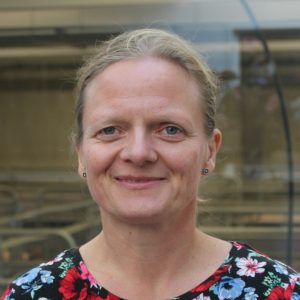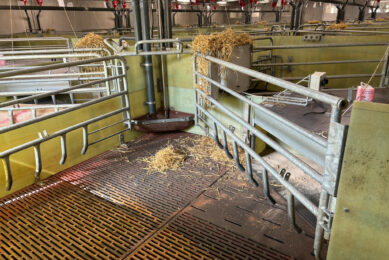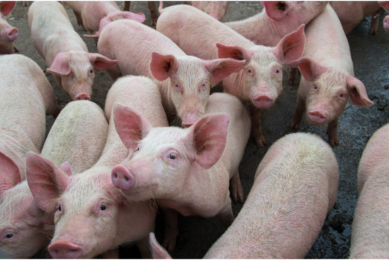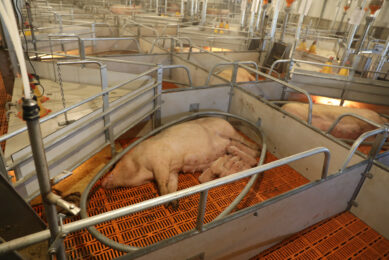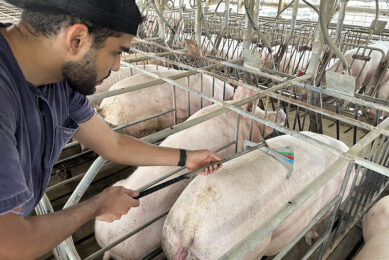This Australian sow breeder deserves credit
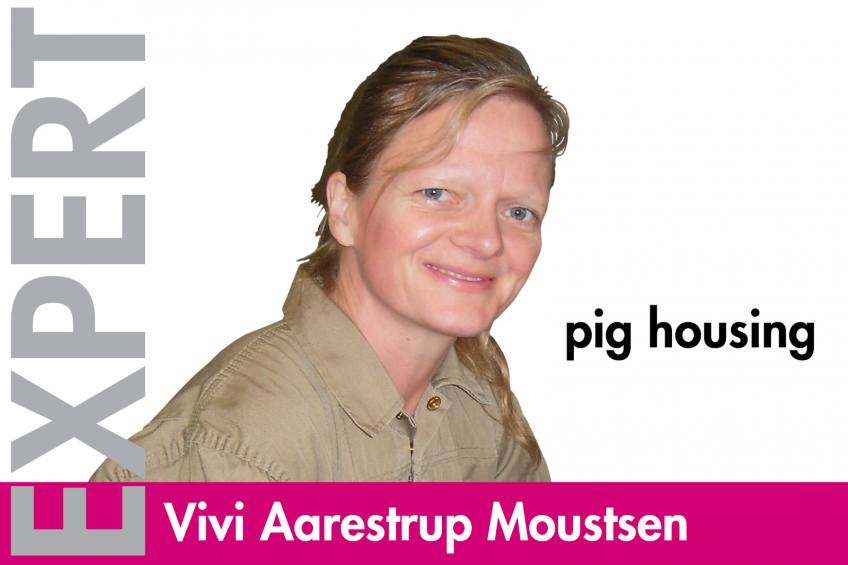
Recently, Vivi Aarestrup Moustsen admired a loose sow housing project in Australia and was truly impressed by what she saw. She admired the pig producer’s determination to be part of the future as he foresees it, and make a difference for himself, his colleagues and the industry.
EXPERT
Worldwide, there is an increasing number of large scale farms with loose-housed sows in all units, including the farrowing unit. In Denmark, there are more loose housed lactating sows indoors than outdoors. But the experiences and bottom line with loose housing of lactating sows differ.
What determines success with loose sows?
A good question is why? All pens consist of a safe area for the piglets, feed supply for the sows and water supply for sows and piglets – so a number of elements are similar across pen designs. As for genetics, it too is often similar within a country. So what determines a successful producer with loose lactating sows in Denmark and abroad?
Across the world, gestating sows are let loose indoors, and after a transition period in the EU and a number of other countries, it has been made compulsory to have gestating sows loose. The same is happening in some countries regarding housing of sows after weaning – they too are let loose. Do lactating sows come next – or will this be fatal for an unacceptable proportion of the neonatal piglets?
Large scale production is necessary
If nobody ever tries, we’ll never know, and large scale, professional production is necessary for the development of production systems that are competitive in a global market. In addition, there is a political pressure that is likely to increase, more so in some countries than in others, and we can’t turn a blind eye to that.
In many countries there are those who take the lead – farmers that have decided to try to have loose farrowing and lactating sows. However, their initiative is not always praised by their colleagues. But they deserve credit for the risk they are undertaking.
No premium for pioneers
Being the first ones, they seldom get a premium for their pork because of the lack of scale of production, and the investment is higher than for traditional confined systems – and in addition they are likely to experience a more variable production and at a lower level. Not to mention that they have to train all labour themselves since none has experience. So it’s a bit like the bumble bee – not supposed to be able to fly, and yet they do, and some are very successful and have a positive bottom line.
Having visited pig producers with loose lactating sows in Denmark, UK, Australia, New Zealand, Austria, Switzerland and Sweden, one common characteristic of the farms is the commitment and determination from the farmer. The farmer himself – or herself – wants this, and is or has been engaged in setting it up and making it work. They’ve done background research before they let the sows loose, so they made their decision on an informed basis.
Pig farmers seeing risks and opportunities
Another characteristic is that they see opportunities. They are aware of the risks of taking in new systems – but more so they focus on the potential benefits of the new systems, and ask many questions to themselves and others regarding how to exploit the benefits and develop their production.
One of these farmers is Laurie Brosnan in Queensland, Australia. Laurie did some background research, build a new climate controlled shed to house his loose farrowing sows. And he’s in the process of setting up his next shed with loose farrowing sows.

Thoughts behind every decision
Not because he has to – but because he wants to. Because he wants his sows to be producing at a high level, housing, feed and climate matters. So how does he decide what to set up? One thing for sure – nothing is coincidental, there are thoughts behind each decision. And there is follow up, weekly or more often analysis of performance, and at a detailed level. So if results deviate from expected, it’s possible to identify when and where the deviations occur – and then react.
Laurie has a willingness to share – knowing that when he shares, he’s likely to get it tenfold back. Last but not least – there is no easy fix. It is hard work to be successful, and determination is needed.
Laurie choosing loose lactating sows
It’s Laurie and other farmers across the world’s own decision to have loose lactating sows, but their experiences are of high value for the industry. Then why do they share it – for free? Because they want to stay in business, and next time they build or change their management as they move on, they know they can benefit from others – but you seed first and then harvest.
So one very important prerequisite as to how to be successful with loose farrowing sows, besides making use of the newest scientific results and recommendations, is: commitment, engagement and hard work – but it’s easier said than done – and the ones doing it deserve recognition.
Are we ready to implement lactating sow systems?
Are we over and out and ready for everyone to implement loose housing of lactating sows? No, it’s still a more expensive investment, less robust in regard to productivity and there are only a few who receive a premium for their product.
But there is a baseline – and with continuous focus on development and research to ensure robust systems that work, when it comes to a second or third wave of farms deciding on loose housing, we’re on track. Especially when we share and collaborate – both pig producers, the pig industry, the producers of pen equipment and the universities.
Read more about Laurie Brosnan’s farm in one of the upcoming editions of Pig Progress.


